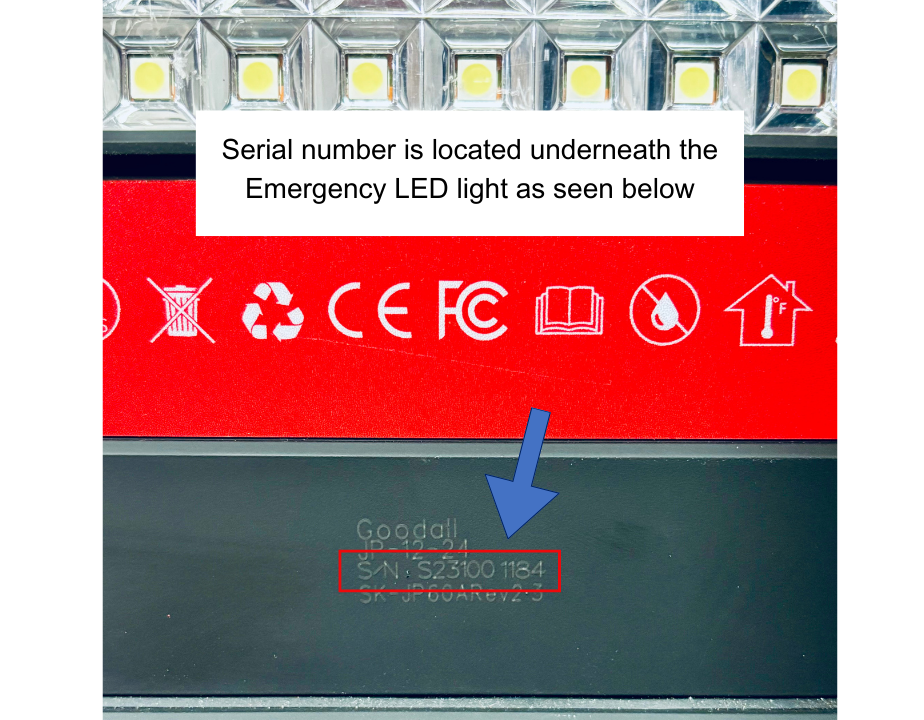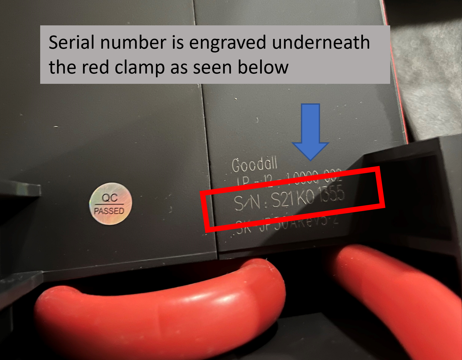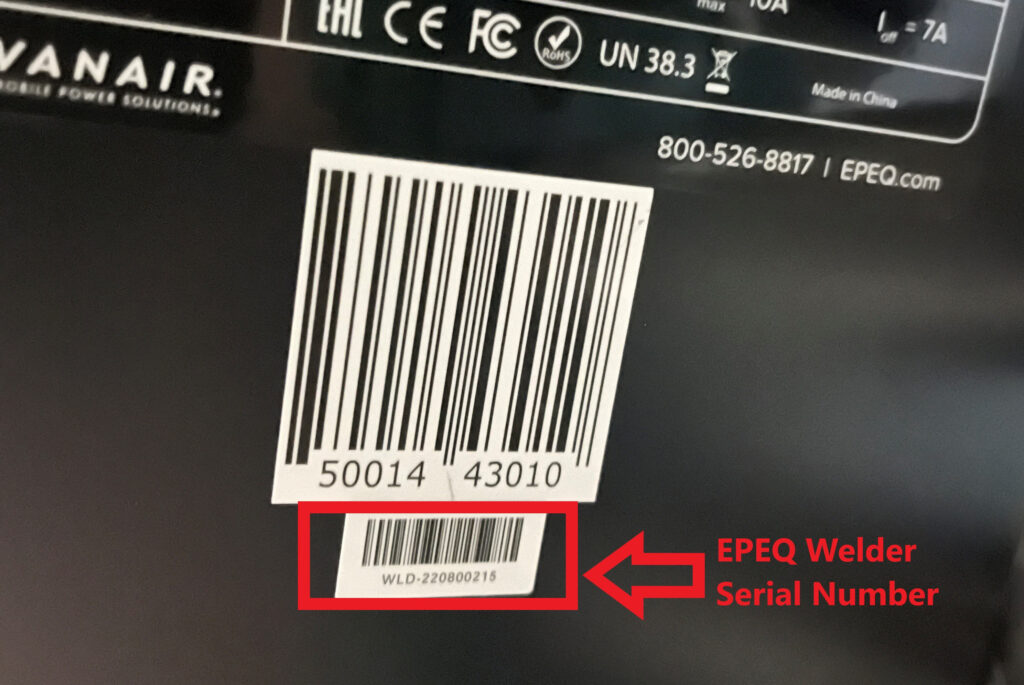It is easy to pass off a moment of an idling engine here or there as unimportant. However, those moments add up, especially in industries that manage bulk handling, shipping ports, and container terminals. Trucks carrying bulk goods, or those that need to make deliveries to ports or terminals across counties, states, or countries, can get stuck in situations where they are idle for long periods of time. The results of idle time include increased operational costs, unnecessary fuel consumption, and significant greenhouse gas emissions. Fortunately, there are technological solutions helping companies across these industries idle less and save more. Discover idle reduction for ports and container terminals.
Constant Idling
A great example of how these businesses are prone to idling is apparent in the bulk handling industry. Operators in this line of work often must travel long distances to deliver goods to customers. Operators make their way to the other side of a county, across state lines, and beyond. Besides spending hours in traffic – including idling during rush hour – these trucks also idle while loading and unloading.
This practice is also an everyday occurrence in industries that require drivers to travel to shipping ports and container terminals. Sometimes, it is easier to let vehicles idle while loading goods and packages onto the truck. Other times, vehicles are idling to maintain climate comfort, including heating or cooling. Additionally, with activities such as break times, many motorists allow their truck to run idle while they rest or eat. This becomes a serious and costly issue for many companies.
Effects and Consequences of Idle Vehicles
If all this idling seems wasteful, it is because it is on a variety of levels. First, it can result in tons of wasted fuel costs since an idle vehicle uses more mileage than a vehicle that fully stops and turns the engine off. Those costs may seem miniscule in the short term or day-to-day, but they add up quickly, especially considering that this happens across the entire company. If a fleet manager has dozens to thousands of vehicles, all those idle times are immediately magnified.
Consider also that the more a vehicle idles, the more wear and tear the engine faces. That usage adds up and can result in more frequent maintenance intervals, engine failures, engine replacements, and significantly influences a fleet’s maintenance budget. For example, a truck might need to replace their air filter every 45,000 miles. However, if they are spending a lot of time idling, that replacement will occur much sooner than 45,000 miles. Or, it will cause other issues because of an unknown, worn filter. If a manager budgets for a replacement every 45,000 miles, but they need a replacement much sooner, this significantly impacts the allocated budget for repairs – as well as any other issues stemming from an undetected filter issue. Though it may take time for those impacts to fully show up within the company, these unexpected maintenance costs are detrimental to a fleet’s budget.
Another negative consequence of additional idle time is that it decreases vehicle life. Organized fleets are expected to last for a certain amount of time. A surplus of idle time can result in cars and trucks that need to be replaced sooner than expected. This places a burden on company finances and other operational costs.
Positive Impacts of Idle Reduction Technology
Fortunately, there is good news amidst idling, emissions, increased costs, and reduced asset life. Idle reduction technology is an opportunity for companies in the bulk handling and container terminal industries. It significantly reduces idling and the associated impacts of unnecessary idle time. Idle reduction technologies are easy to install and lead to fewer greenhouse gas emissions, reduced fuel and maintenance costs, and can extend asset life.
The way that idle reduction for ports and container terminals works, such as the EPEQ® Idle Management System by Vanair®, a Lincoln Electric Company, is that it analyzes and manages the vehicle’s idle time when in Park or Neutral. When a vehicle is in Park and idles for a predetermined period (such as one minute), the system turns the vehicle’s engine off. Although, it retains power to onboard systems, communications equipment, safety features, climate, and more. This prevents idle time buildup while significantly cutting down emissions, fuel usage, and maintenance costs. All of these add up to significant financial savings for the company, making this idle reduction technology an ROI-positive, sustainability-friendly investment.




